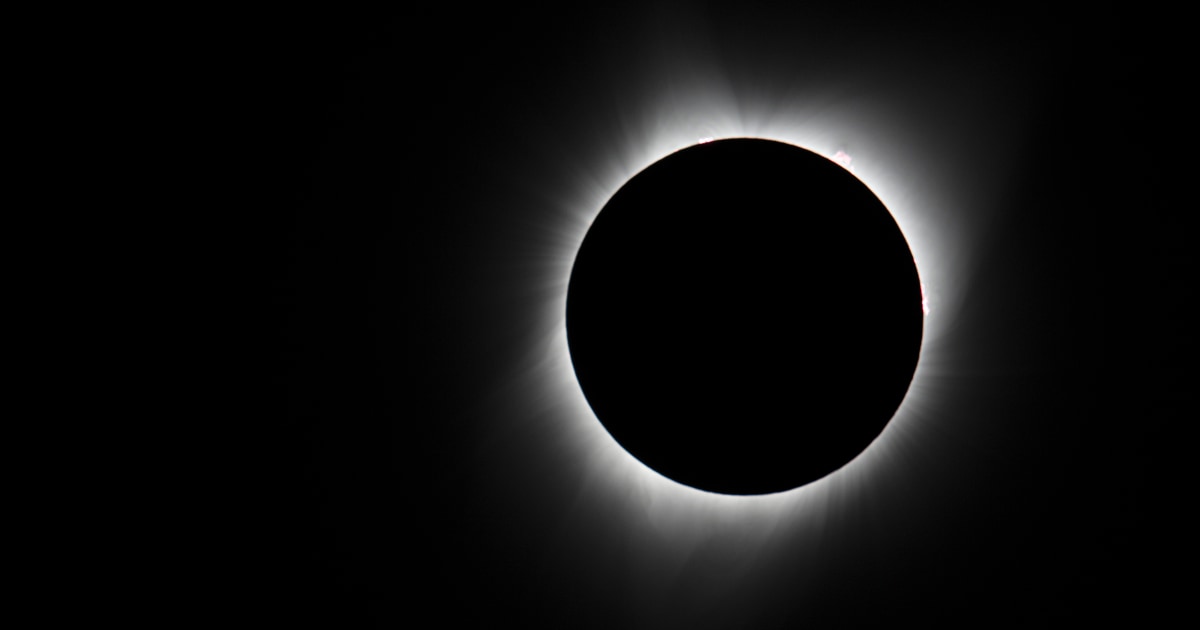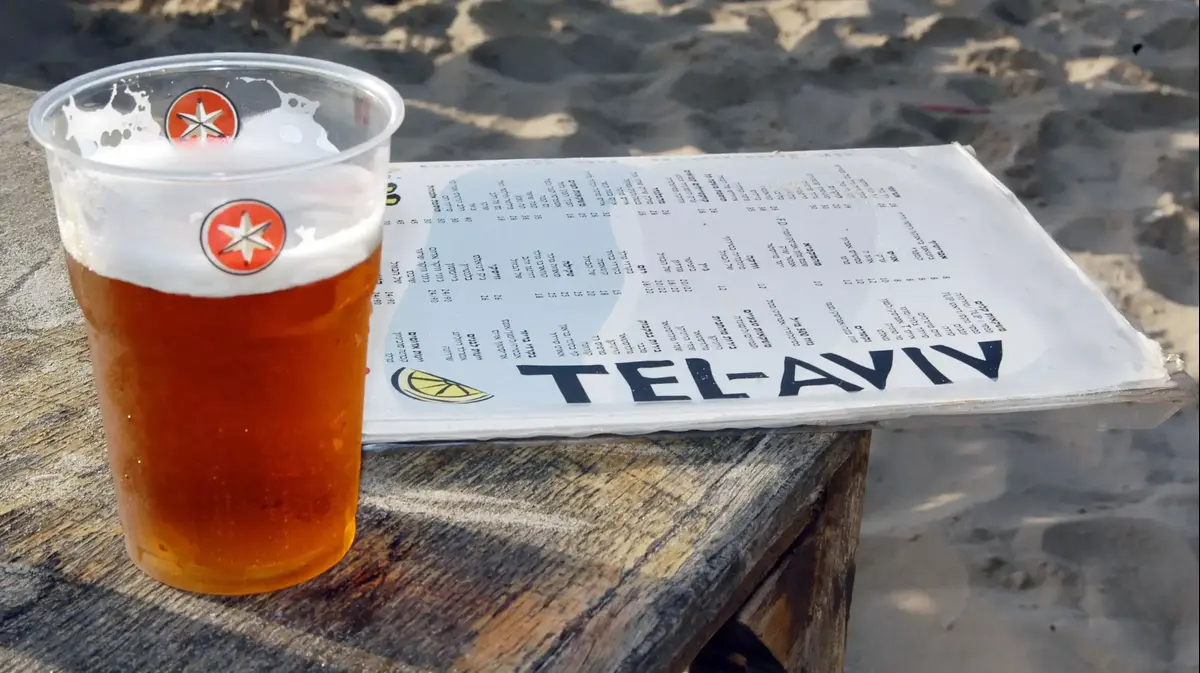The comet "Atlas" was considered a comet that could be seen with the naked eye. Then he broke. Now he receives a visit from the "Solar Orbiter" space probe - and could provide new knowledge about comets.
- The comet "Atlas" quickly became bright - hopes were raised that it would be visible to the naked eye
- Before it got that far, comet "Atlas" broke into many pieces
- Now the comet is getting interesting again: The Esa space probe "Solar Orbiter" visits it - by chance
The comet C / 2019 Y4 (Atlas) was the last comet to be discovered in 2019 and a comet that made amateur astronomers' hearts beat faster for some time in 2020: the comet "Atlas" developed splendidly, it became ever brighter and there was hope that it could become the first comet visible to the naked eye in a long time *.
But comets are unpredictable - and comet "Atlas" suddenly darkened again. Attentive observers noticed in early April that the comet had broken into several parts. The "Hubble" space telescope * looked at the comet and discovered more than a dozen fragments. The dream of the bright comet "Atlas" in the northern hemisphere was over.
Accidental encounter: Comet "Atlas" is visited by Esa probe "Solar Orbiter"
But even if there is almost no hope that comet "Atlas" suddenly shines brightly again, there is another reason why "Atlas" is suddenly back in focus. The reason is called "Solar Orbiter" * and is a space probe from the European space agency Esa in cooperation with the US space agency Nasa. The probe was launched in February 2020 to take a close look at the sun.
But looking at the trajectory of the spacecraft and the comet, the researchers found surprising things: In late May and early June 2020, "Solar Orbiter" crossed the trajectory of the comet "Atlas" . The researchers do not want to miss this opportunity to examine a comet up close - and in fact “Solar Orbiter” has devices on board that can also be used for this case. Four “Solar Orbiter” instruments can track the comet's tail, because they are used to measure the surroundings of the spacecraft.
Looking at an icy object rather than the scorching #Sun is an exciting - and unexpected! - way for #SolarOrbiter to start its scientific mission, but that's the nature of #science
Stay tuned as the spacecraft approaches its first perihelion in mid June #WeAreAllSolarOrbiters pic.twitter.com/6C66AdaNbk
Interesting research object: "Solar Orbiter" meets the tail of the comet "Atlas"
You could collect data about the dust particles in the comet's tail and about the electrically charged particles that the comet emits. These emissions create two tails of comets : the tail of dust that a comet leaves in orbit and which triggers falling stars * when the earth flies through this dust. And the comet's ion tail , which points in the opposite direction from the sun .
The "Solar Orbiter" spacecraft is supposed to cross the ion tail of comet "Atlas" on May 31 and June 1. She crosses the comet's trail of dust on June 6th. If the ion tail is dense enough, the spacecraft magnetometer may notice a change in the interplanetary magnetic field. At the same time, the “Solar Wind Analyzer” instrument could capture some of the particles.
"Solar Orbiter" flies through the dust tail of comet "Atlas"
If the spacecraft flies through the comet's dust tail, it could be hit by one or more grains of dust. For "Solar Orbiter" itself, this means no danger, emphasizes the Esa . However, the dust grains themselves could evaporate from the impact. The resulting small clouds of electrically charged gas could be recognized by an instrument called "Radio and Plasma Waves".
"An unexpected encounter like this creates unique opportunities and challenges, but that's a good thing," quotes Esa Günther Hasinger, the organization's science director. "Possibilities like this are part of the science adventure," Hasinger emphasizes.
Unique opportunity for a meeting in space: "Solar Orbiter" meets comet "Atlas"
"We are ready for everything Komet Atlas wants to tell us," emphasizes Daniel Müller, Esa scientist in the "Solar Orbiter" project. The spacecraft was not supposed to be fully functional until June 15th, but everything was sped up so as not to miss the unique opportunity.
It is a rare occurrence that a spacecraft that actually has another target accidentally flies through the tail of a comet . So far, it has only been known six times that this happened - and each time it was only noticed afterwards, according to Esa .
Another science adventure! https://t.co/Am8x5DtSlY
- Prof. Günther Hasinger (@HasingerProf) May 29, 2020Encounter of "Solar Orbiter" with comet "Atlas" was noticed in time
In the case of comet "Atlas" , it was previously noted, by a researcher who already has experience with these space encounters: Geraint Jones of the UCL Mullard Space Science Laboratory, who also had the first chance spacecraft encounter with a comet in a year Discovered in 2000. At that time, the Esa / Nasa space probe "Ulyssees" had flown through the tail of the comet "Hyakutake" - but Jones had only discovered this when he subsequently examined strange errors in the probe's data.
It remains to be seen whether “Solar Orbiter” actually detects the “Atlas” comet : In mid-May, the remains of the comet have broken apart even further, making it more difficult for the spacecraft to discover it. Nevertheless, the scientists are excited: "Every time we meet a comet, we learn more about these fascinating objects," says Geraint Jones, who will be involved in the future Esa mission "Comet Interceptor", which is scheduled to start in 2028. When Solar Orbiter discovers the comet Atlas, "we learn more about how comets interact with the solar wind," Jones continues. "All missions that comets encounter provide pieces of the puzzle."
"Solar Orbiter" and comet "Atlas" orbit the sun
The "Solar Orbiter" spacecraft will reach Perihel, the closest point to the sun in its orbit, for the first time on June 15. It will then be approximately 77 million kilometers from the sun . In the coming years, it should come even closer to the sun: there should still be up to 42 million kilometers between the surface of the sun and the spacecraft. Comet "Atlas" , on the other hand, reaches the closest point of its orbit to the sun on May 31, 2020 - it will then be about 37 million kilometers from the sun.
By Tanja Banner
* fr.de is part of the nationwide Ippen-Digital central editorial office.











